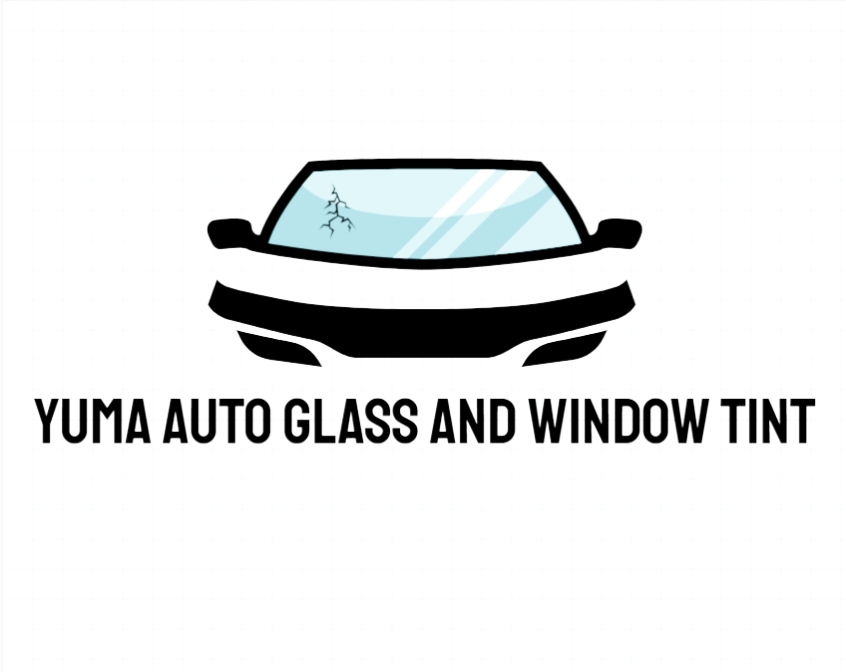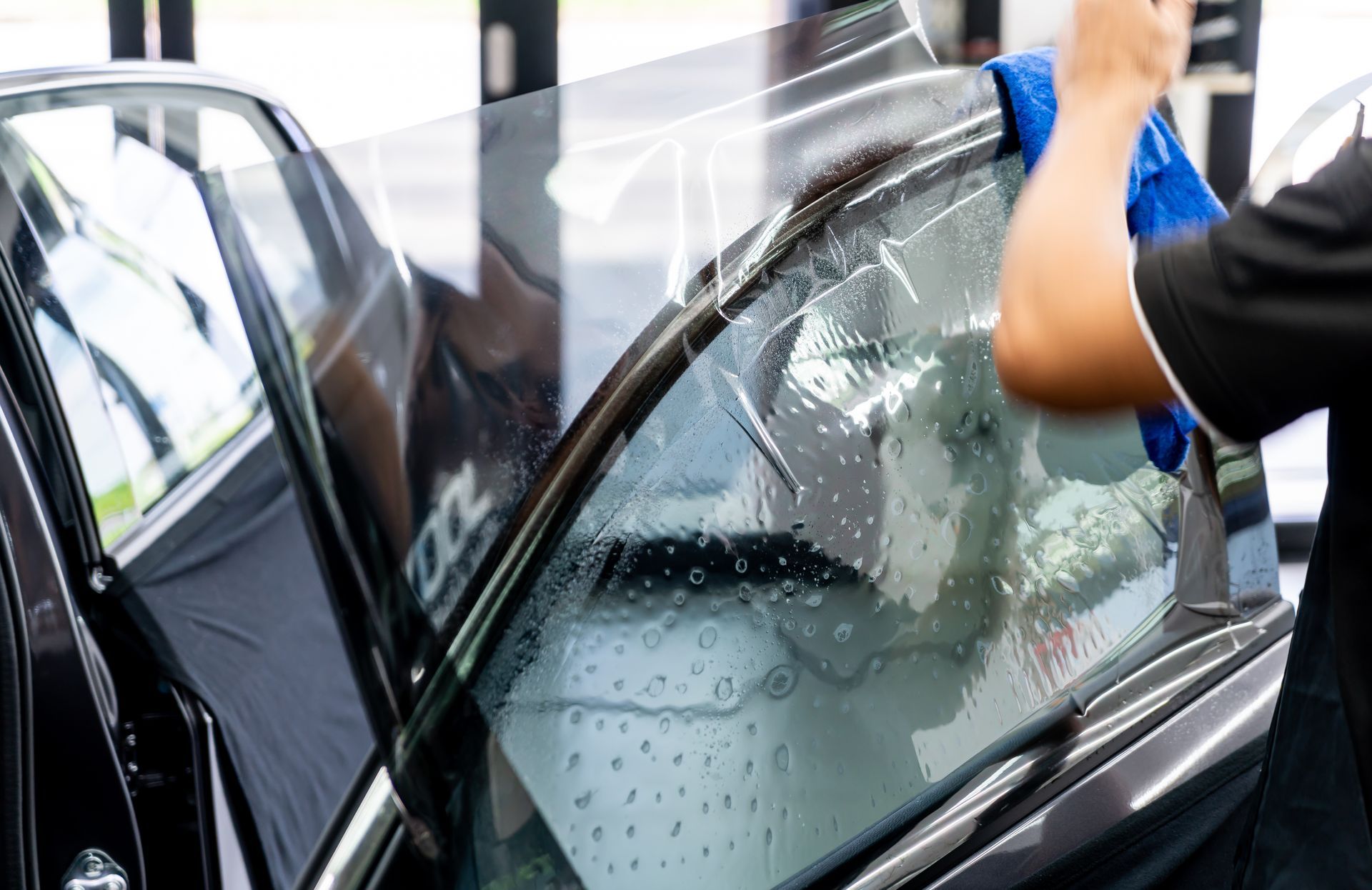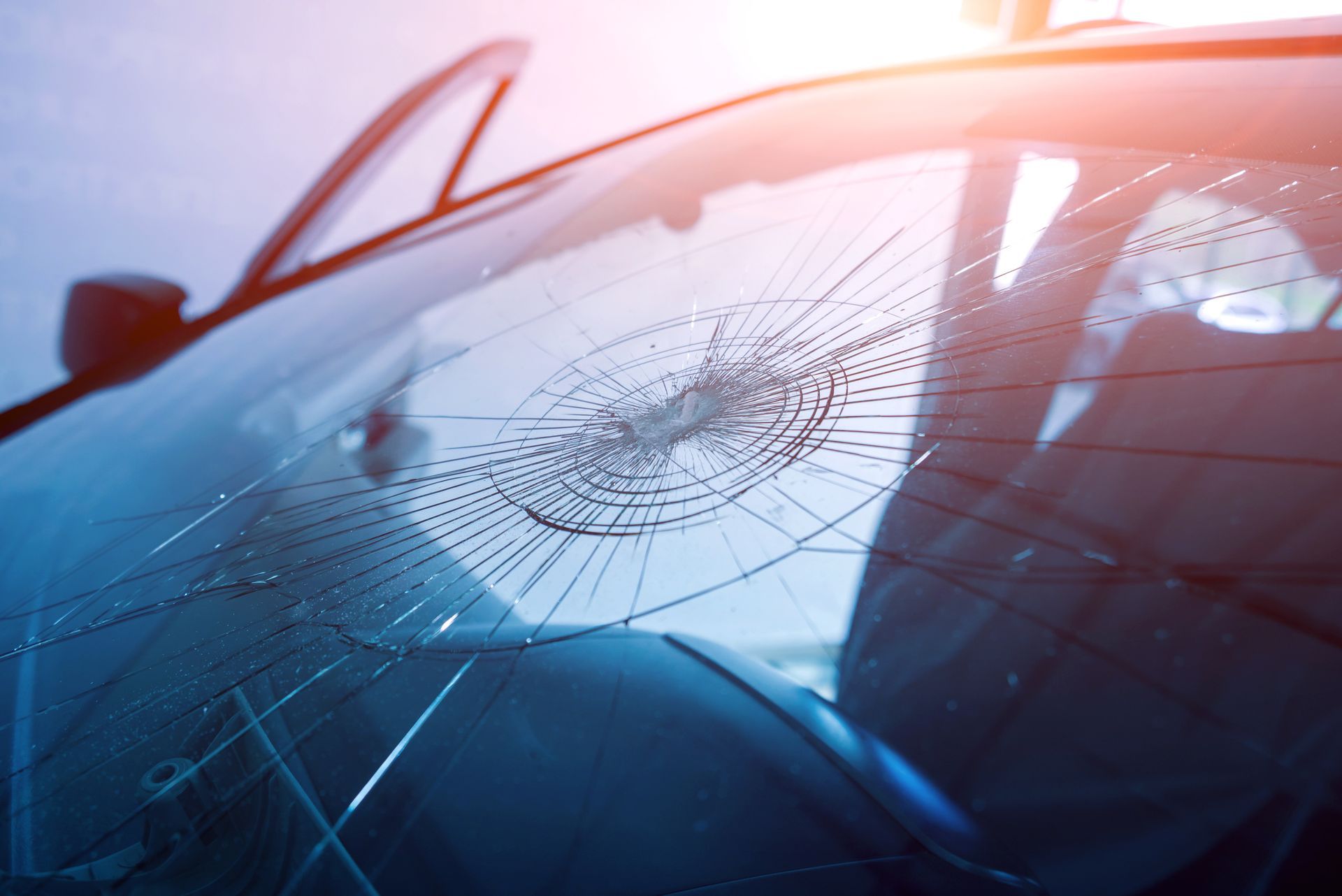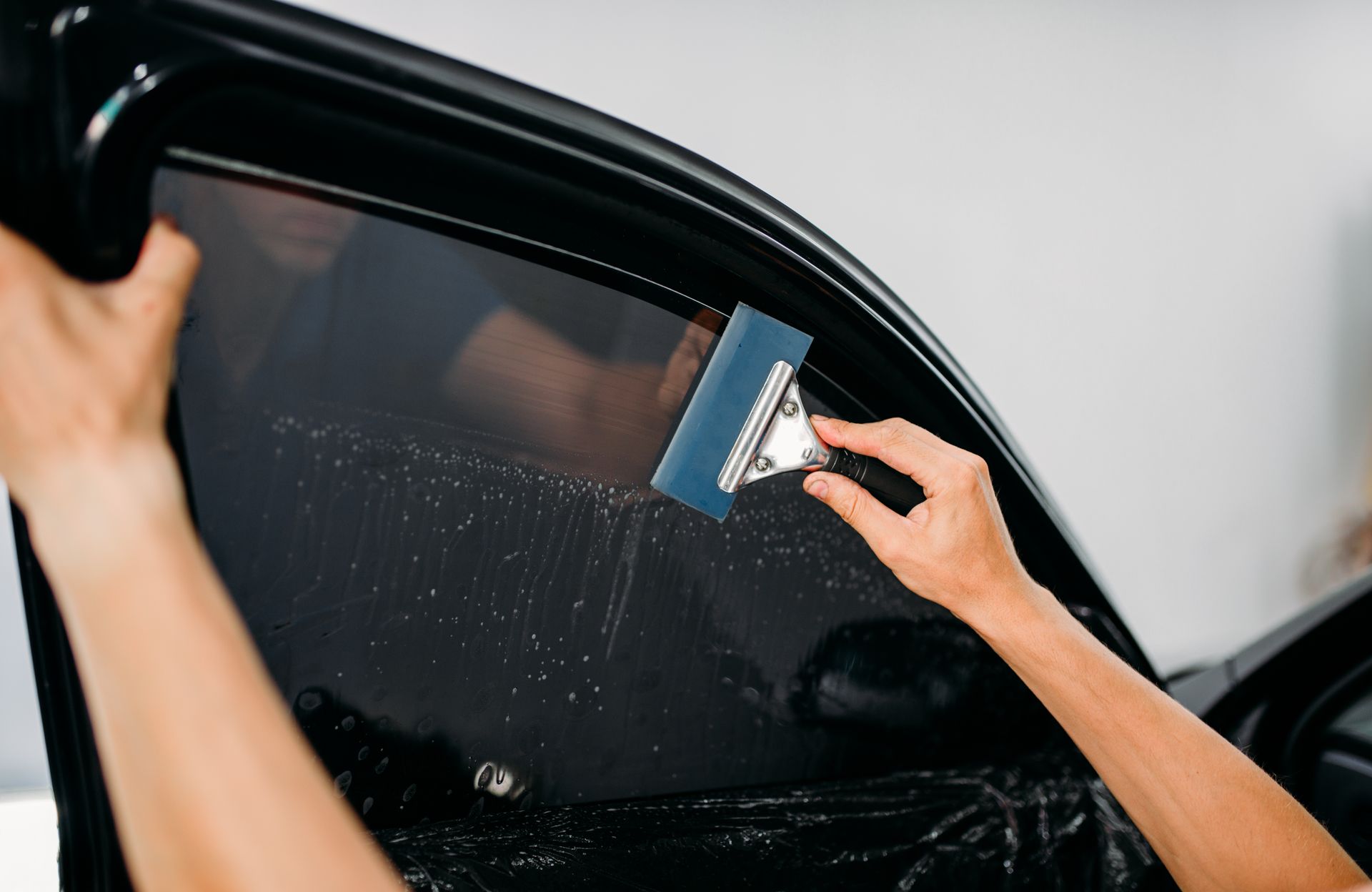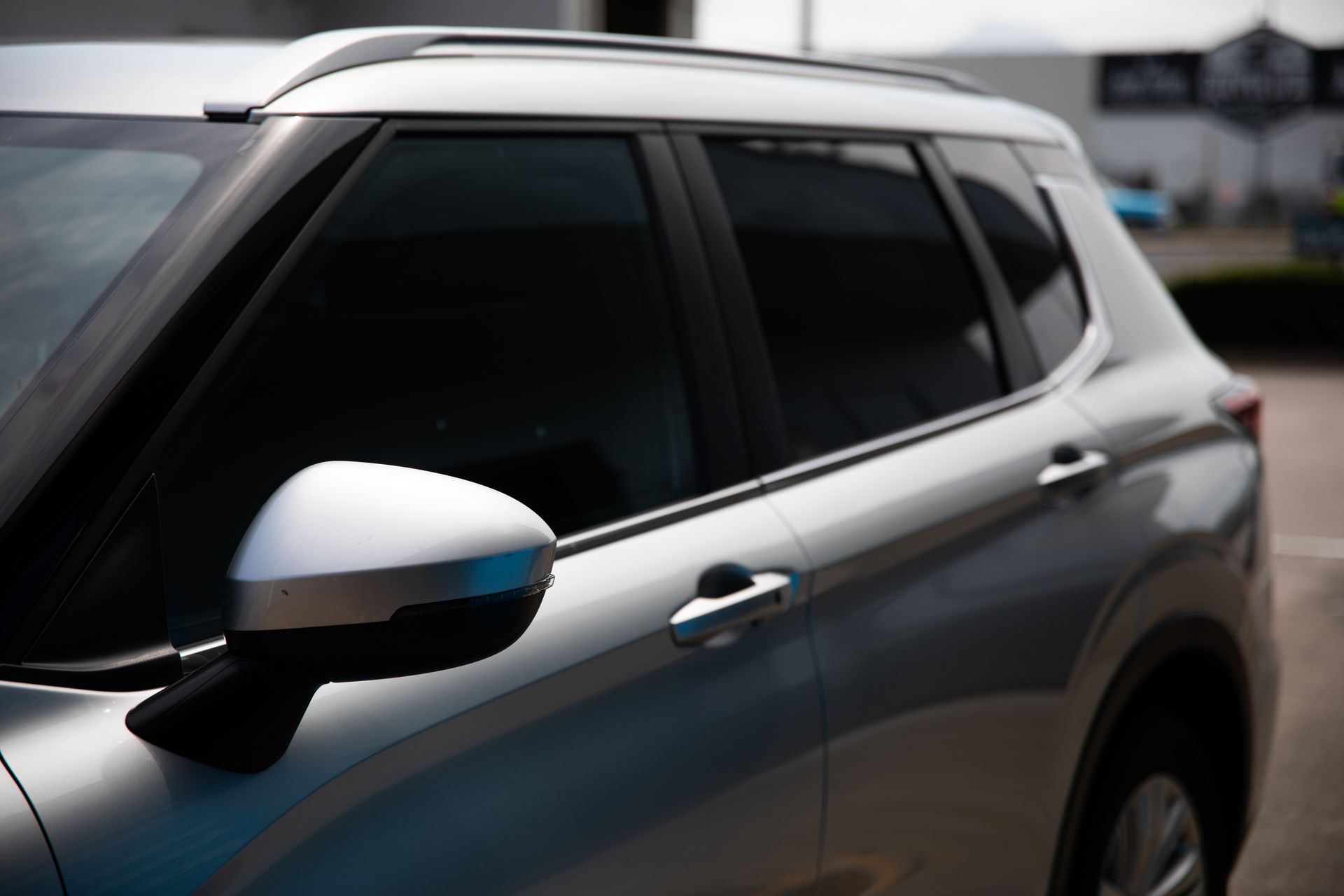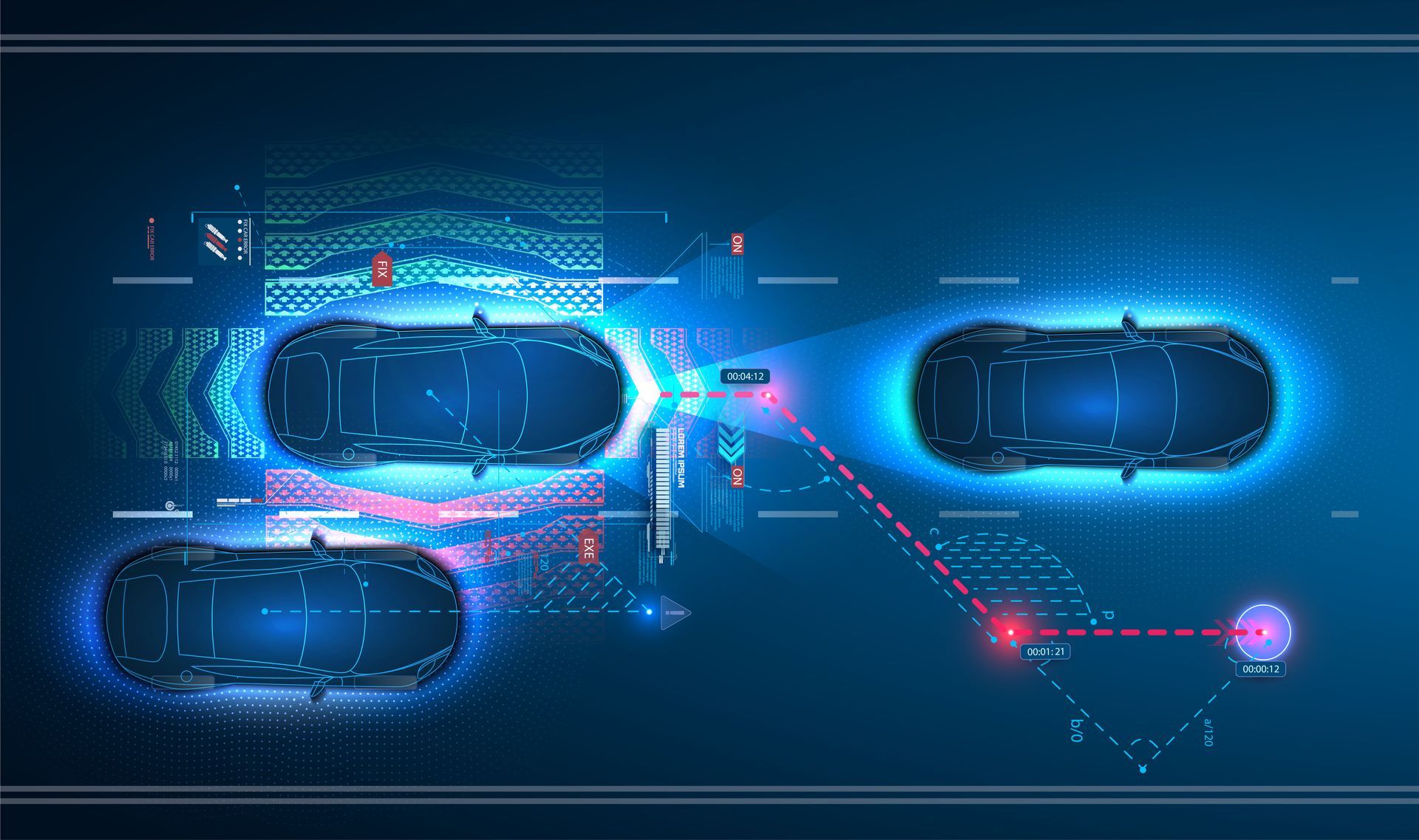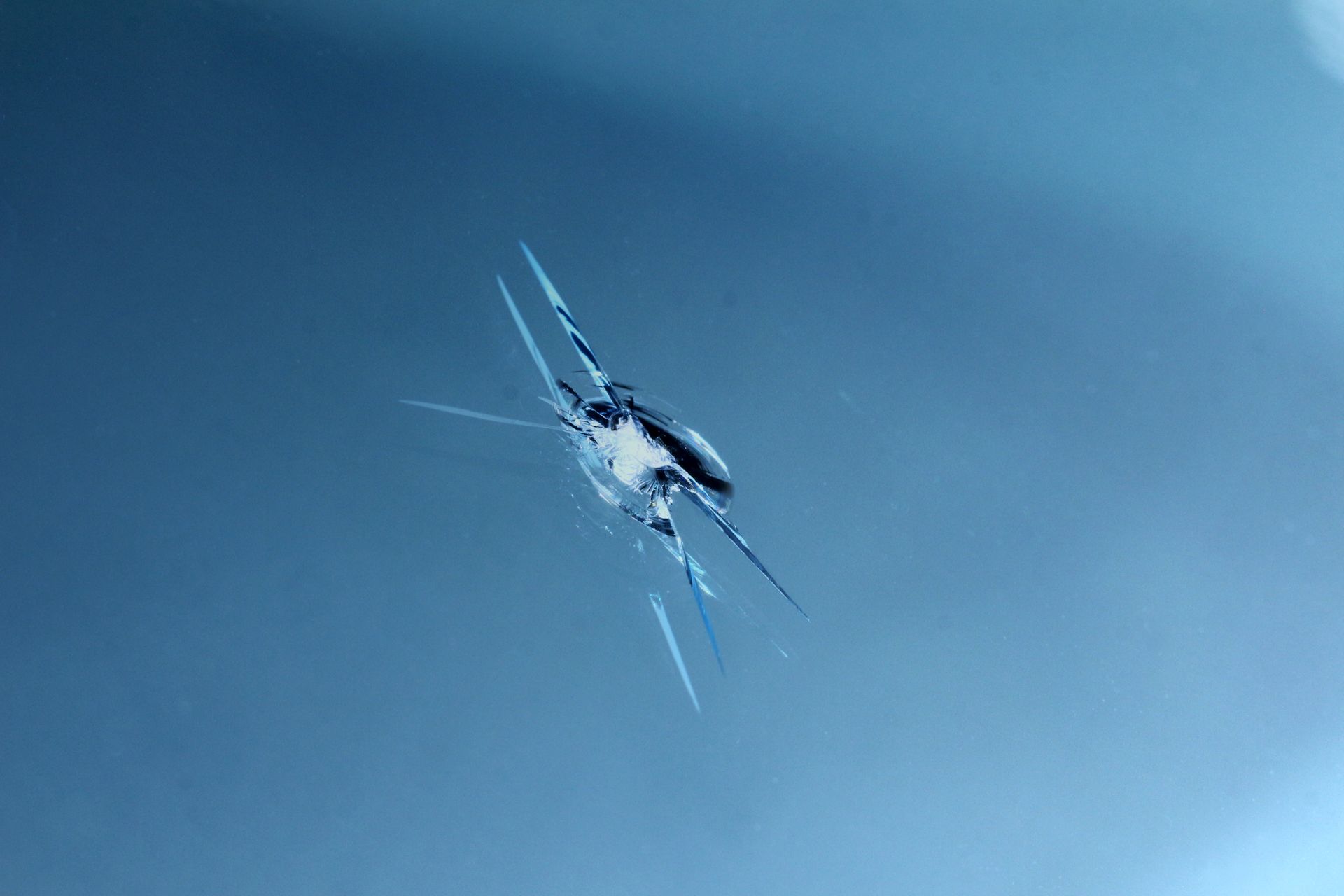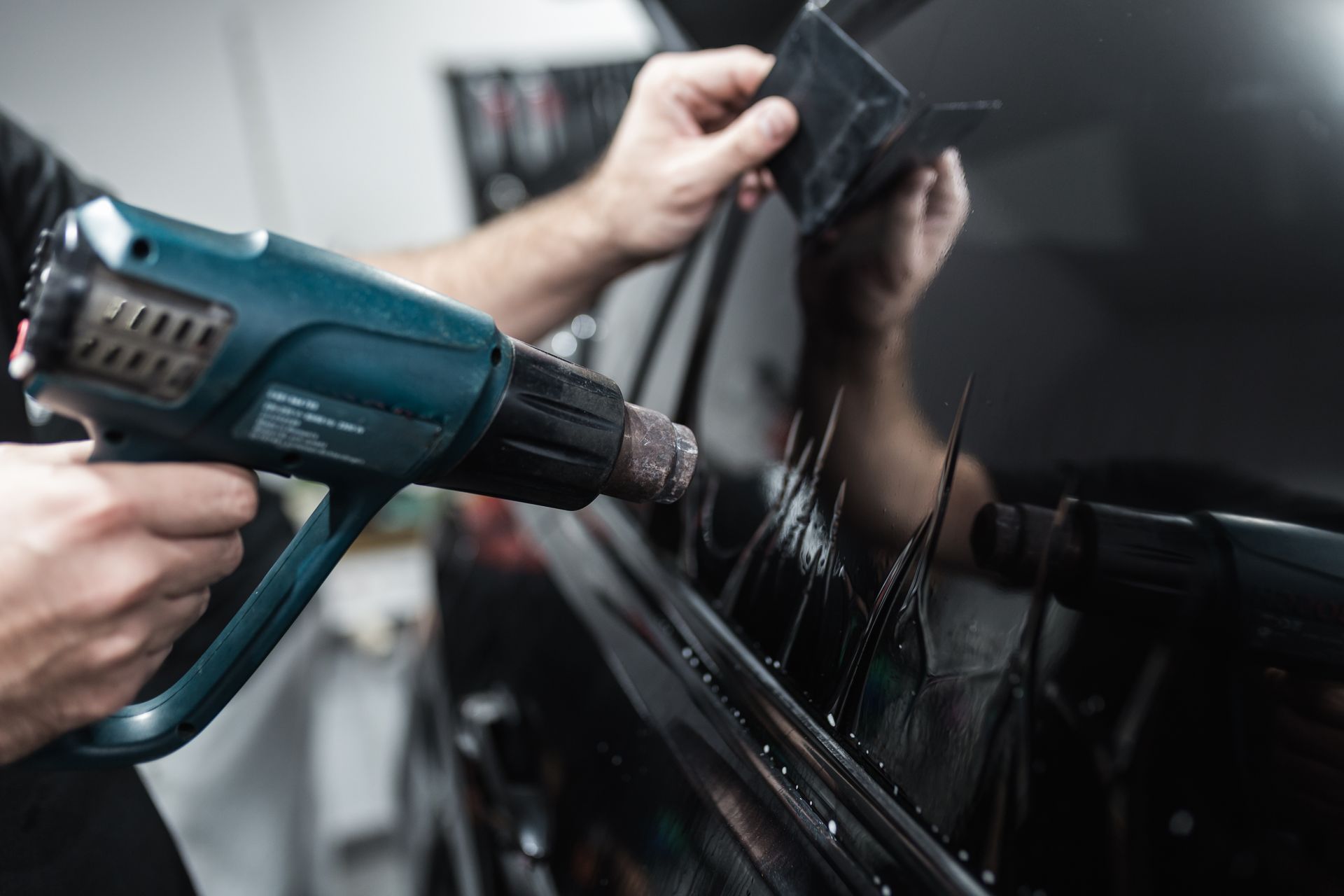Advanced Driver Assistance Systems (ADAS) have become standard features in many modern vehicles. From lane-keeping assist and adaptive cruise control to forward collision warnings and automatic emergency braking, these technologies enhance safety and make driving more convenient. But what many drivers don’t realize is that these systems rely on cameras, sensors, and radar units that need to be precisely calibrated to function correctly.
If your windshield is replaced, the suspension is realigned, or certain parts are damaged in a collision, your ADAS features may not function properly unless the system is recalibrated. Ignoring this step can compromise both your safety and the accuracy of your car’s smart technology.
What Is ADAS Calibration
ADAS calibration is the process of aligning and adjusting the cameras, sensors, and radar equipment in your vehicle to ensure they’re reading road conditions and surrounding vehicles accurately. These components are usually mounted on the windshield, front grille, bumpers, or even embedded into the side mirrors.
Each sensor is designed to interact with your car’s software, which processes the data to trigger alerts or initiate automatic actions. If even one sensor is misaligned by a few millimeters, it could misjudge distances or angles, leading to incorrect decisions by the system.
When Is ADAS Calibration Necessary
Most drivers aren’t aware of the situations that require recalibration. Here are the most common scenarios:
Windshield Replacement
Many ADAS systems use forward-facing cameras mounted near the rearview mirror. Replacing the windshield, even with an exact-fit model, alters the camera’s view slightly and requires recalibration.
Suspension Repairs or Alignments
Changes to your car’s height, tire angles, or wheel alignment can affect how ADAS sensors interpret the road.
Front-End Collisions or Repairs
Even minor impacts can jostle the position of a sensor or radar unit. After any accident involving the bumper, hood, or fenders, recalibration is usually needed.
Replacing Sensors or Cameras
Installing new parts that interact with ADAS systems requires calibration to ensure they synchronize correctly with the rest of the system.
Changes in Tires or Ride Height
Upgrading to larger tires or installing lift/lowering kits can throw off sensor calibration because the system expects specific dimensions and angles.
Static vs. Dynamic Calibration
There are two primary types of ADAS calibration:
Static Calibration
This is performed in a controlled shop environment using specialized tools and targets placed at specific distances and angles from the vehicle. The car stays stationary while the technician calibrates each sensor according to manufacturer guidelines.
Dynamic Calibration
This requires driving the vehicle on a well-marked road at certain speeds under specific conditions. The system adjusts in real-time by interpreting road signs, lane markings, and nearby traffic as reference points.
Some vehicles need both types of calibration, depending on the systems involved and the manufacturer’s specifications.
Why Skipping Calibration Is Risky
Driving with uncalibrated ADAS systems can lead to more than just inaccurate warnings—it can result in safety hazards. For example, an improperly aligned forward-facing camera might delay automatic emergency braking or lane-keeping assist could nudge the vehicle in the wrong direction.
In many cases, your vehicle won’t show a warning light or alert that the system is out of calibration. This makes it even more important to perform calibration after any repair that could affect your ADAS setup.
How Long Does ADAS Calibration Take
The time required for calibration depends on the vehicle and the number of systems involved. In some cases, it can be done in under an hour. In others, especially when both static and dynamic calibrations are needed, it may take several hours. What matters most is precision, and rushing the process can only lead to dangerous inaccuracies.
Shops with certified ADAS calibration equipment and trained technicians are essential for ensuring your vehicle’s systems function as designed.
Trust the Experts at Yuma Auto Glass & Window Tint for Accurate ADAS Calibration in Yuma, AZ
If your car has had a windshield replacement, front-end repair, or alignment service, it’s time to verify that your ADAS features are working safely and correctly. Our team has the tools, training, and expertise to recalibrate your systems according to exact manufacturer standards.
Call
Yuma Auto Glass & Window Tint in Yuma, AZ, today to schedule your ADAS calibration service. Let us help you stay safe, accurate, and confident on every drive.
